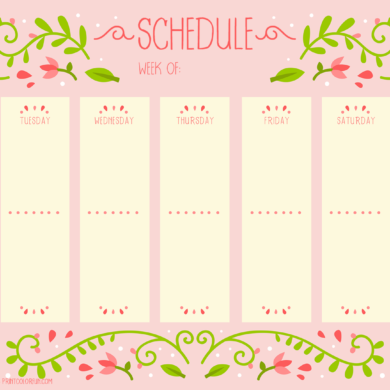Do any of these sound familiar to you?
“I hate paying taxes because I can’t find the documents I need.” “My payment to the credit card company is late again – where did that bill go?”
“Yes, Julia, I’ll sign your school permission slip as soon as I remember which stack of papers it is in…”
“I’m sure I could be reimbursed for that expense if I just knew what I did with the receipt!”
Piles and piles of papers
Stacks of paper can quickly take over our lives, with the essential documents buried in among the clutter of our emailboxes. A simple filing system can help you conquer paper overload.
One system doesn’t fit all needs. Developing a system that works for you will save you time and money, not to mention decreasing your frustration.
Many people find it helpful to divide up paperwork by “current” papers versus “long-term” documents. Examples of current papers include bills to be paid, school notes, doctor appointments and related medical papers, coupons, as well as tax documents for the current year.
Long-term documents include items such as financial statements, loan papers, medical records, appliance warranties, and insurance policies. Long-term documents you probably won’t need to refer to in the next few months but you do want to keep them.
Keep it controlled
To keep my paperwork under control, I have a small filing container near where I sort my mail. Each day I try to sort the mail: bills immediately go in the “to be paid” file, financial statements go in the “to be filed” file (and eventually into the long-term documents filing system), school notes go in the “school note” file, etc.
The majority of the mail goes in the recycle bin immediately! This is essential — you need to decide what to keep and get rid of the rest fast.
Your long-term filing system can be simple (five to ten file folders) or more complex. Your goal is to take the large stacks of unfiled paperwork and divide it into reasonably-sized categories.
You want to be able to find your auto insurance policy in a timely manner the next time you need it. File your papers in a way that makes sense to you!
Filing categories
Here are some categories to consider as you set up your system:
- medical papers,
- financial statements,
- housing (home loan or rental agreement),
- credit (credit card, student loan, car loan contracts),
- taxes (completed tax returns with supporting documents),
- job (job description, contract, benefit options), and
- insurance policies.
Some people find they prefer to sub-divide a category. For example, you might like to have a file folder for retirement plan investments, and another one for college savings.
What to keep
Remember, save things that:
- prove what was done (for example, job contracts),
- remind you of what you have (receipts for large purchases), and
- protect your assets (mortgage paperwork and statements from mutual funds, banks, etc.).
Throw out those records that have expired, been replaced, and are no longer important to you. For example, you can discard:
- bills — after confirmation that payment has been received,
- pay stubs — when W-2 received, and
- credit and debit credit card receipts — after the bill is checked.
As for tax records
Keep a copy of your income tax returns and supporting documents for at least six years. You may need even older tax records if you own a home or if you still own a particular investment. For more information, check the IRS Publication on Recordkeeping for Individuals.
Get some Banker’s Boxes for file storage
Source: Kathy Sweedler, University of Illinois Extension Educator, Consumer and Family Economics







